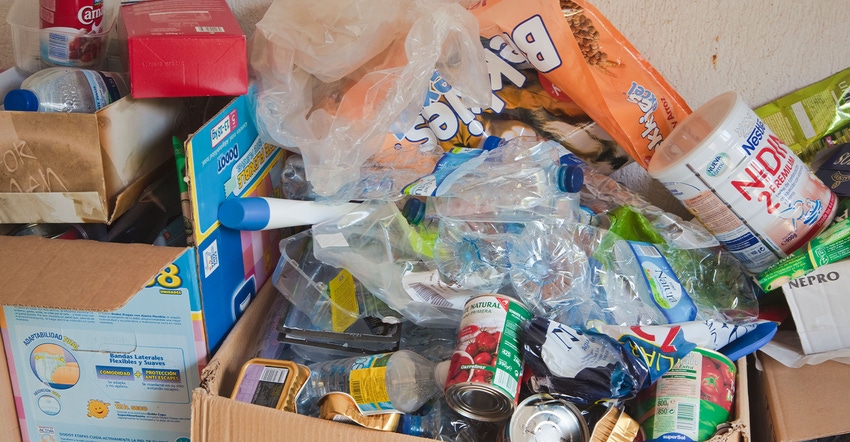Great Expectations: Packaging EPR offers much. Are we expecting too much?
EPR’s core strength is money. Local governments will benefit as producers cover their recycling costs. They may not cover all costs, after all, producers won’t write a blank check. Yet even if that group only pays 95 cents on the dollar, local governments will come out way ahead. They will use the saved money for other services. Local governments that use waste and recycling fees instead of taxes will simply switch their fees to cover new programs such as food waste recovery. EPR’s financial benefit is undeniable.

Great expectations are rife for recycling now that four states require packaging companies to pay for recycling. None of these “extended producer responsibility” (EPR) state programs are operating yet. Nonetheless, advocates have enthusiastic visions of what they will achieve. They say EPR will cover the costs of recycling, increase recycling, lead to better processing technologies, and cause changes in packaging making them more recyclable.
EPR’s core strength is money. Local governments will benefit as producers cover their recycling costs. They may not cover all costs, after all, producers won’t write a blank check. Yet even if that group only pays 95 cents on the dollar, local governments will come out way ahead. They will use the saved money for other services. Local governments that use waste and recycling fees instead of taxes will simply switch their fees to cover new programs such as food waste recovery. EPR’s financial benefit is undeniable.
Those payments will also help to update the processing infrastructure. New MRFs don’t spring out of the ground overnight, however. Supply chains for new MRF equipment are already slow due to demand for the newest technologies. Optimizing the 400 MRFs in the United States will take a decade or longer.
EPR programs will also Increase recycling. The question, though, is how much. Enhanced statewide educational efforts and uniform lists of what to put in our bins will make a positive difference. But you and I will still be responsible for separating our recyclables from our trash and putting clean recyclables in the bin. Producer education efforts will work well with those of us who are enthusiastic recyclers and those who want to recycle but need help in knowing what and how to do it.
The big challenge is increasing recycling among that quarter of the population who just don’t care and those who live in multi-family housing. Even our best recycling programs struggle with both. Increased recycling is inevitable with EPR. The amount of behavior change, however, needed to significantly increase recycling, especially in multi-family and among those that just don’t care, will not happen overnight.
Making packages easier to recycle is EPR’s holy grail. So far, it has had little impact. Unrecyclable flexible packaging, for instance, continues to grow in Europe. The problem is simple. Packaging is a small percentage of a product’s overall cost. To work, the “ecomodulation fees”, which are the extra charges for hard to recycle packages, need to be bigger than the cost savings that make those packages hard to recycle. Those packages are so popular because they have significant financial advantages over heavier competitors. They are extremely lightweight, require far fewer trucks for transportation to retail stores and are inexpensive. How big does an ecomodulation fee need to be so that it overcomes those cost advantages?
EPR’s financial benefits will be realized quickly. Recycling will increase, although barring unprecedented behavior change, those increases will be most significant in states where current recycling rates are low. Processing will slowly improve as sorting technology advances and MRFs can get new equipment. Packaging changes are the least likely to happen. The worst outcome is if, in a spate of anti-plastic fervor, EPR laws cause packages to switch to heavier materials with a bigger greenhouse gas footprint.
As we move forward on EPR, let’s concentrate on EPR’s strengths. Those are the realistic expectations we need.
About the Author(s)
You May Also Like




